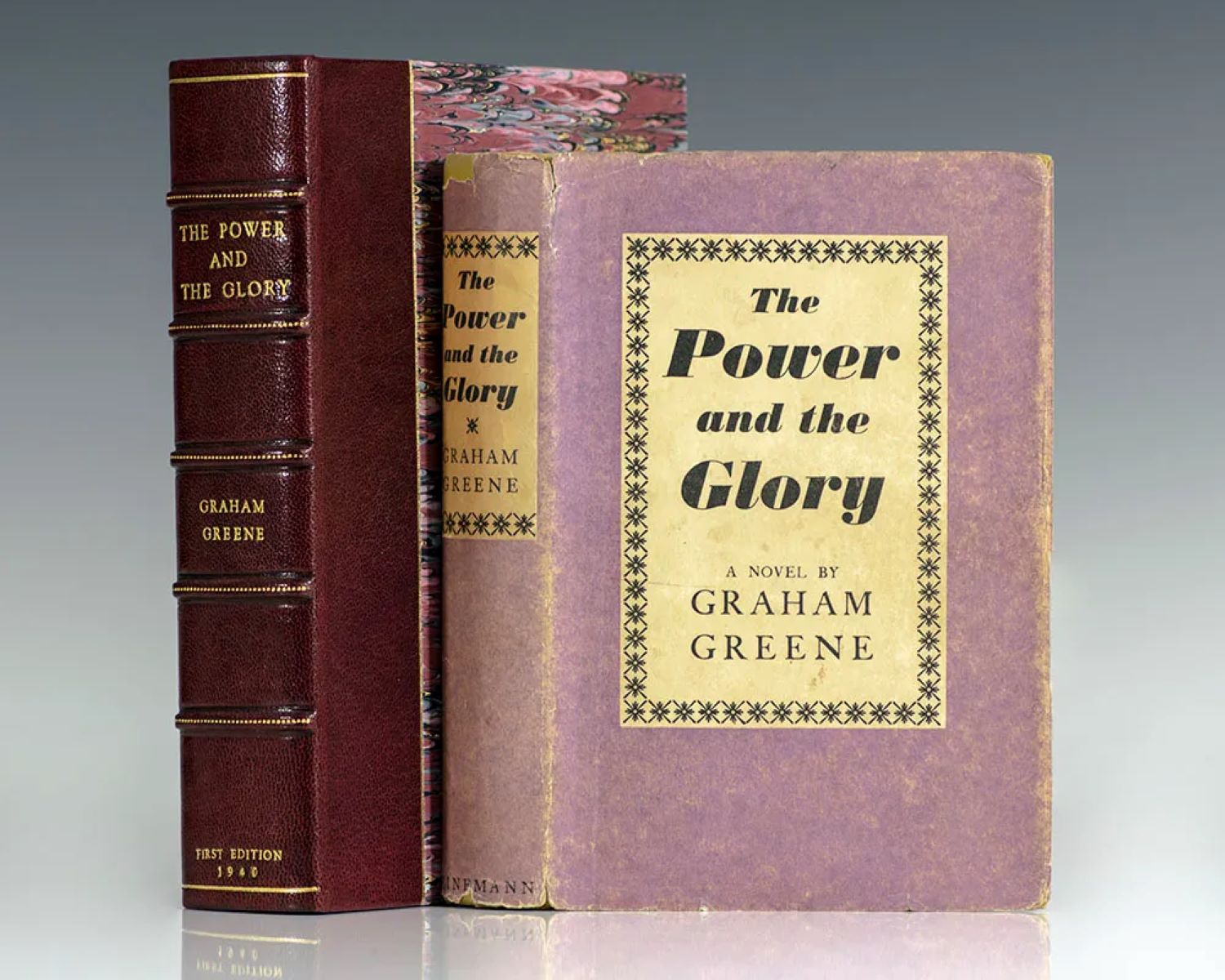
Graham Greene, the renowned English author, captivated readers with his thought-provoking novels, and one of his literary masterpieces, “The Power and the Glory,” continues to mesmerize audiences to this day. Published in 1940, this novel explores themes of faith, redemption, and the human condition in the backdrop of 1930s Mexico during a time of religious persecution.
In this article, we will delve deeper into “The Power and the Glory” and unravel nine surprising facts about Graham Greene’s work and the impact it had on the literary world. From the inspiration behind the novel to its critical reception, we will shed light on the intriguing aspects of this classic piece of literature.
Key Takeaways:
- Graham Greene’s The Power and the Glory was inspired by his experiences in Mexico, where he witnessed anti-Catholic persecution, shaping the novel’s exploration of faith and redemption.
- The novel’s distinctive narrative style and exploration of complex themes like morality and sacrifice have solidified its place as a classic of 20th-century literature.
Graham Greene wrote The Power and the Glory in 1940.
One of the most prolific British authors of the 20th century, Graham Greene penned this influential novel during the early years of World War II.
The Power and the Glory was inspired by Greene’s journey to Mexico.
During his time in Mexico in the 1930s, Greene witnessed firsthand the anti-Catholic persecution carried out by the government. This experience served as the foundation for the novel’s exploration of faith and redemption.
The Power and the Glory was initially criticized by the Catholic Church.
Upon its release, the novel faced backlash from some members of the Catholic Church who deemed it as overly critical of the institution. Despite this initial controversy, the book went on to achieve critical acclaim and commercial success.
The novel follows a whiskey priest on the run from authorities.
Set in a Mexican state where Catholicism is banned, the story revolves around an unnamed priest who struggles with his faith and his identity while evading capture by the authorities.
The Power and the Glory explores themes of morality and sacrifice.
Graham Greene delves deep into the complex moral choices faced by the protagonist as he grapples with his beliefs and the challenging circumstances he finds himself in.
The book is known for its distinctive narrative style.
Greene’s masterful use of third-person limited point of view allows readers to intimately experience the inner turmoil and conflicted thoughts of the protagonist.
The Power and the Glory has been adapted for the screen.
In 1961, the novel was adapted into a film titled “The Fugitive,” directed by John Ford. The movie showcased the gripping narrative and brought Greene’s story to a wider audience.
The Power and the Glory is considered a classic of 20th-century literature.
Graham Greene’s exploration of faith, morality, and the human condition has solidified the novel’s place in the canon of important literary works.
The Power and the Glory continues to resonate with readers today.
The themes and questions raised by the novel about the nature of faith, the complexities of morality, and the power of redemption are still relevant and thought-provoking in the modern world.
Conclusion
In conclusion, “The Power and the Glory” by Graham Greene is a powerful and captivating novel that delves into complex themes such as faith, redemption, and the human condition. Through the story of an unnamed whisky priest on the run in Mexico during a period of religious persecution, Greene explores the intricate struggle between sin and salvation, righteousness and corruption.
The novel offers a thought-provoking narrative that forces readers to confront their own beliefs and values. With its richly developed characters, vivid descriptions of the Mexican landscape, and a suspenseful plot, “The Power and the Glory” remains a timeless masterpiece in the world of literature.
FAQs
Q: Who is the author of “The Power and the Glory”?
A: “The Power and the Glory” was written by Graham Greene, an acclaimed English novelist and playwright.
Q: What is the main theme of the novel?
A: The main themes explored in “The Power and the Glory” include faith, sin, redemption, and the complexities of human nature.
Q: Where does the story take place?
A: The story is set in Mexico during a period of religious persecution.
Q: Who is the protagonist of the novel?
A: The novel follows the journey of an unnamed whisky priest who is on the run from the authorities.
Q: What makes “The Power and the Glory” a timeless masterpiece?
A: The novel’s exploration of deep existential themes, compelling storytelling, and vivid depiction of characters and settings are some of the factors that contribute to its status as a timeless masterpiece.
If you're fascinated by the life and works of Graham Greene's captivating biography, delve into his compelling story. Explore the influence of Catholicism on his writing and discover how this theme permeates "The Power and the Glory." For a thrilling journey through Mexico's tumultuous past, embark on a cinematic adventure with "Viva Zapata!" and uncover the intriguing facts behind this iconic film.
Was this page helpful?
Our commitment to delivering trustworthy and engaging content is at the heart of what we do. Each fact on our site is contributed by real users like you, bringing a wealth of diverse insights and information. To ensure the highest standards of accuracy and reliability, our dedicated editors meticulously review each submission. This process guarantees that the facts we share are not only fascinating but also credible. Trust in our commitment to quality and authenticity as you explore and learn with us.
